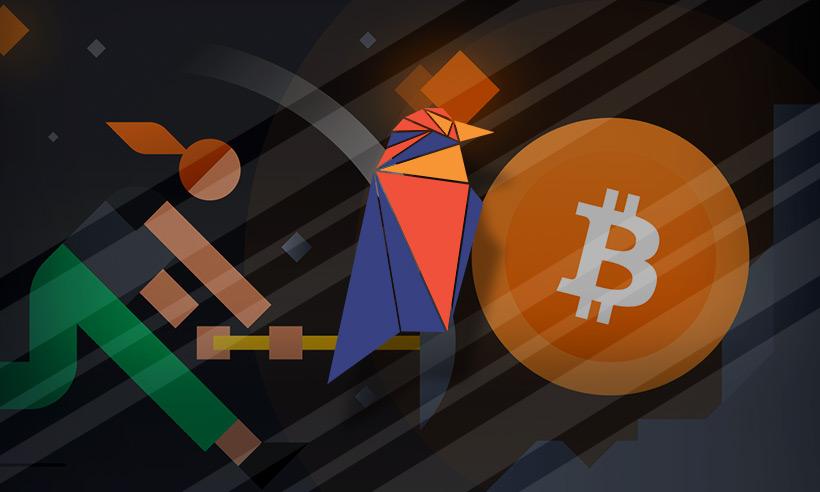Binance's Cryptocurrency Mining Pool Now Supports Ravencoin Pool
Table of contents
The proof-of-stake (PoS) algorithm replaced the proof-of-work (PoW) method as the Ethereum network's default algorithm in September. It eliminates the need for computationally intensive mining in favor of a procedure known as validating.
Ravencoin Network Increased by 5 Times
Since then, Ethereum miners have had to discover alternative methods of generating income using their graphics processing units (GPUs). A significant flood of former ETH miners searching for a new purpose for their GPUs have been investing in tokens like Ethereum Classic (ETC), Ravencoin, and Beam (BEAM). Data from Coinwarz reveals that since Ethereum switched to PoS, computational power on the Ravencoin network has increased by around five times.
Binance Pool to Charge 1% Fee
However, when more miners converge on a token, the concept of mining difficulty kicks in, thereby, decreasing their chances of winning rewards. As a result, businesses with inefficient machinery or excessive expenses eventually disappear.
Binance Pool will charge a 1% fee for its Ravencoin Pool. In response to a market slump in which many miners have been struggling to pay off their obligations, Binance Pool established a $500 million fund in October.

